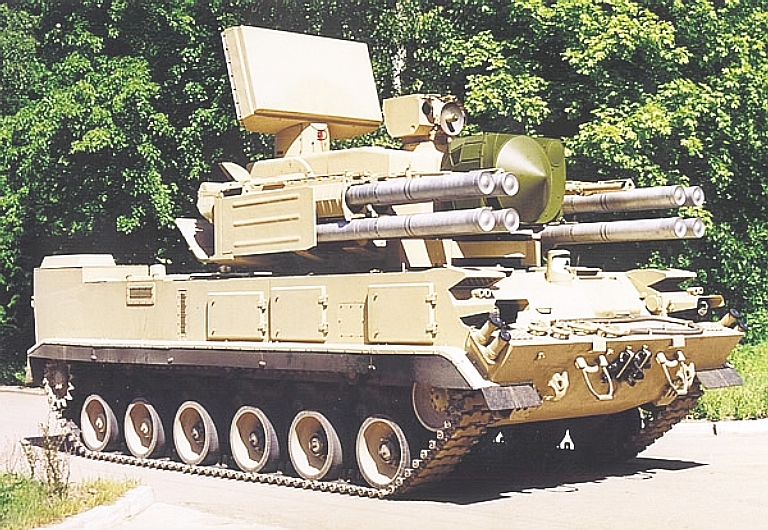
After the end of the Cold War, Ukraine and the Soviet Union’s former Warsaw Pact neighbors agreed to remove some of their security apparatus in order to maintain stability in the region. Ukraine was rid of all of its nuclear weapons after independence in an agreement that sought to quell Russian interests in Ukraine and gain some support from Western countries. Meanwhile, Poland, the Czech Republic and Hungary sought NATO membership, but were unable to have NATO bases in their territories in order to appease any perceived threats to Russia.
As one of the darlings of emerging economies, no one expected that at the very end of Sochi 2014 that Putin would take steps that mirror actions during the Cold War. The difference between the current situation and the Cold War is that during the Cold War there were plans and a strategy to not simply go to war, but to deter any further actions that would lead to war.
The Cold War system of deterrence came out of a generation that suffered from wars in Europe and invasions by Germany during World War II. The costs of large conflicts between nations were felt personally by many of that generation, especially in the Soviet Union. Thus, the Soviets formed the idea of patriotism at all costs in order to protect the Soviet Union and Russia in general. The lack of response from NATO in helping Ukraine comes from an informal claim that Russia has always asserted over its neighbors; while Ukraine is an independent nation, Western powers are weary of helping a country that was the battleground between the Soviets and the fascists in some of the largest battles in human history.
Russia’s and Ukraine’s destinies may likely never be separate from each other; nevertheless, under international law and the agreements signed after the Cold War, Ukraine is an independent nation that is owed sovereignty in the international system. Placing arms on the border with Russia may antagonize the current situation, but as during the Cold War, arming the borders of a nation is not done simply to escalate a conflict. A well-equipped army can be used in a delicate manner to ensure a level of deterrence that can avoid a Cold War becoming hot. The Cold War ended peacefully in the end because the objective was always about keeping peace in Europe through diplomacy and a position of strength.
While the U.S. and its allies seem to have no official strategy, it seems as if history has already given them a blueprint of how to handle Russia. Cold War strategy lead to NATO and the Soviet Union avoiding a war that many believed could have turned our planet into a nuclear winter. If there was a way to stop one of the most horrific acts against humanity from our history, would we not act to stop it? Not just in Russia, but also in Iraq and Syria, and with all adversaries and allies having the same objective, the strategy in confronting them has only one defined conclusion, that is to act and act now.